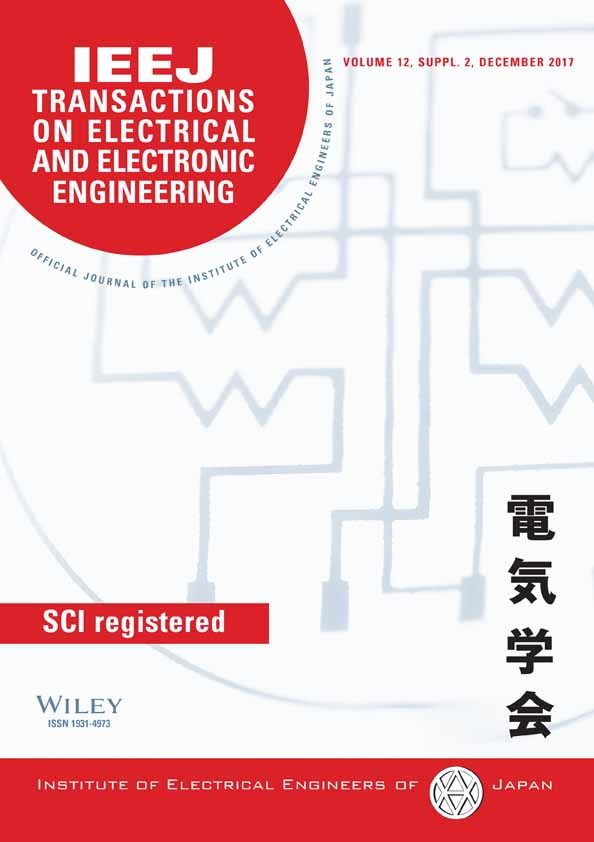Microprojection heating caused by the approach of a microparticle
Abstract
Vacuum circuit breakers have been widely used in a medium-voltage class. In vacuum circuit breakers, late breakdowns sometimes occur after current interruptions. These late breakdowns are triggered by the microparticles and they occur when the microparticles collide with the electrode. In this paper, joule heating caused by field emission enhanced by the approach of a microparticle is simulated using the finite element method. It is turned out that the prolate hemi-spheroidal microprojection can be vaporized by joule heating when h < 100 nm and w/h < 0.1, where h and w are the semimajor axis and semiminor axis of the microprojection, respectively. The temperature at the center of the microprojection increases exponentially with vrp2, where v and rp are the speed and the radius of the microparticle, respectively. It is important to remove the large microparticles in order to prevent late breakdowns caused by the microparticles.




